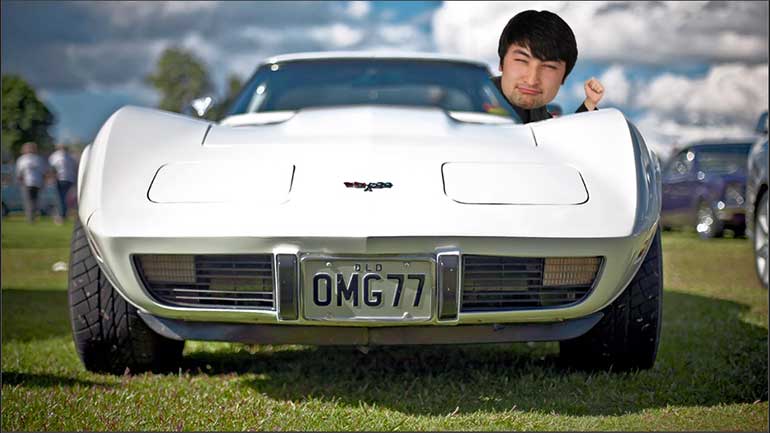ShmoopTube
Where Monty Python meets your 10th grade teacher.
Search Thousands of Shmoop Videos
Dashes Videos
Play All
Dashes
2385 Views
A dash is a fun and flashy way to let your reader know that there is awesomeness coming up. It’s like the colon’s cool older cousin. This video...
